Description
Ships in an Estuary by Hermanus Koekkoek printed on a T-Shirt
About the T-Shirt
Regular fit
Standard length, the fabric easily gives into movement
Casual wear
A classic, everyday option loved by our customers
Side-seamed
Constructed by sewing two parts together, creating a fitted look
The Unisex Staple T-Shirt feels soft and light with just the right amount of stretch. It’s comfortable and flattering for all. We can’t compliment this shirt enough–it’s one of our crowd favorites, and it’s sure to be your next favorite too!
- Solid colors are 100% Airlume combed and ring-spun cotton
- Ash color is 99% combed and ring-spun cotton, 1% polyester
- Heather colors are 52% combed and ring-spun cotton, 48% polyester
- Athletic and Black Heather are 90% combed and ring-spun cotton, 10% polyester
- Heather Prism colors are 99% combed and ring-spun cotton, 1% polyester
- Fabric weight: 4.2 oz./yd.² (142 g/m²)
- Pre-shrunk fabric
- 30 singles
- Side-seamed construction
- Tear-away label
- Shoulder-to-shoulder taping
- Blank product sourced from Nicaragua, Mexico, Honduras, or the US
Hermanus Koekkoek (1815-1882)
Hermanus Koekkoek, sometimes referred to as The Elder was a Dutch painter, etcher, and graphic artist. He specialized in marine art.
He was a member of the famous Koekkoek Painting Family [nl]; the son of Johannes Hermanus Koekkoek, and brother of the landscape painters, Barend Cornelis, Johannes [de] and Marinus Adrianus. His sons, Hermanus (the Younger), Willem, Johannes Hermanus Barend, and Hendrik Barend [nl], all became painters. He also had three daughters.
His father specialized in marine art, and gave Hermanus his first art lessons. In 1826, his family moved to Durgerdam, near Amsterdam. Later, he went to Amsterdam, took classes at the Rijksakademie, and established himself as a free-lance artist. Like his father, he focused on marine art, although he also created numerous landscapes. His style was a combination of Realism, and the newer Romantic aesthetic. Influences from the artists of the Dutch Golden Age are clearly visible, as well.
He provided his four sons with their first painting lessons, as well as schooling his contemporary, the etcher Willem Gruyter [de], in the techniques peculiar to marine painting. His memberships included the Royal Academy of Art , and Arti et Amicitiae, an artists’ society in Rotterdam. He won a gold medal at one of their exhibitions in 1875. Many of his works were sold in Germany and England.
In 1882 he moved to Haarlem. He died there that same year, aged sixty-seven. His works may be seen at the Teylers Museum, and the Museum Boijmans van Beuningen. The Rijksprentenkabinet of the Rijksmuseum Amsterdam has a collection of his drawings.

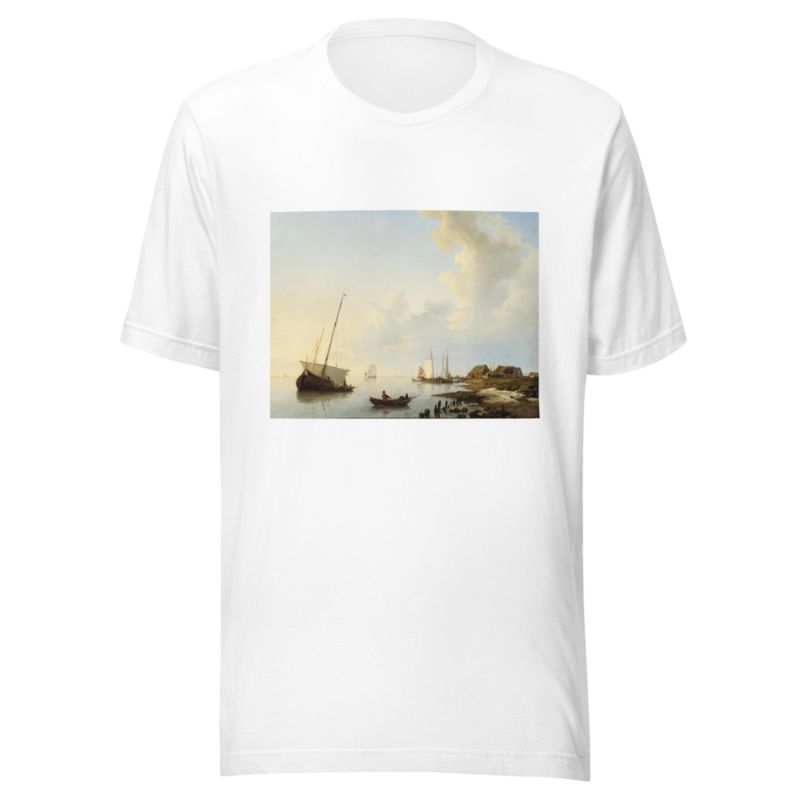
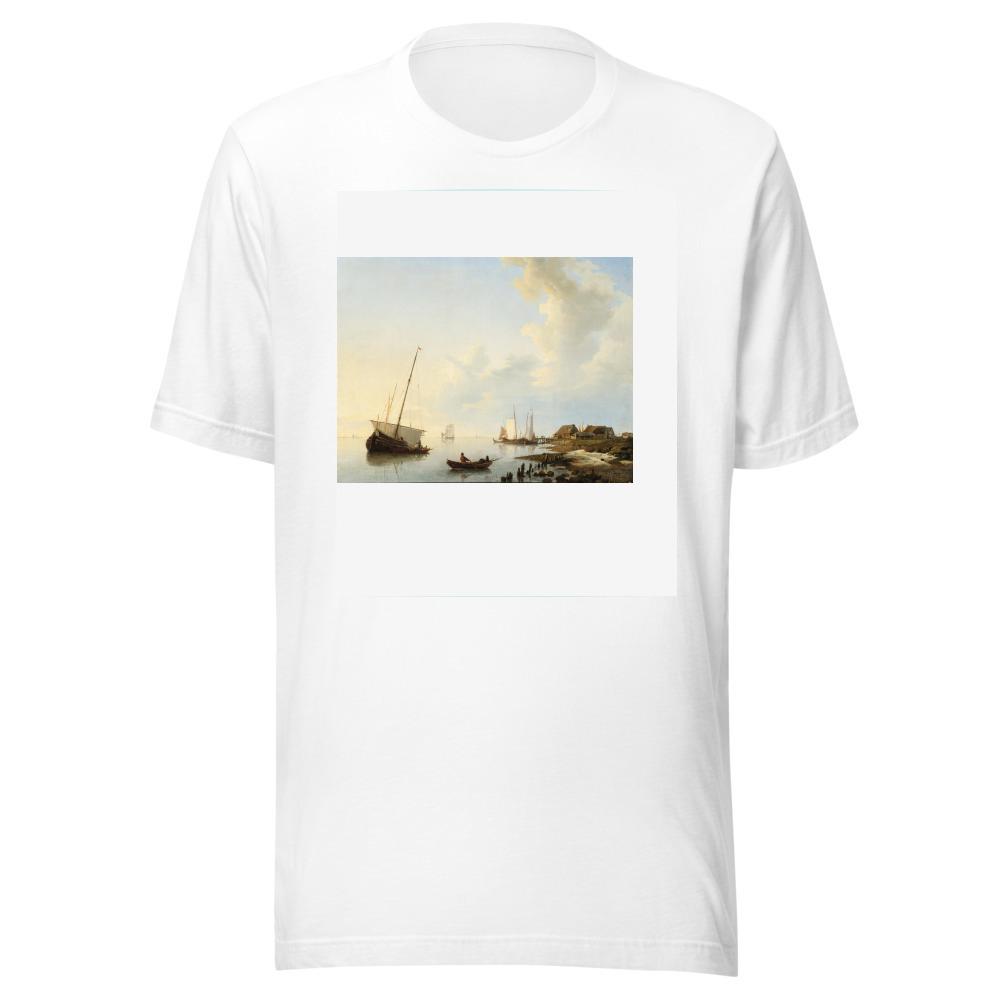
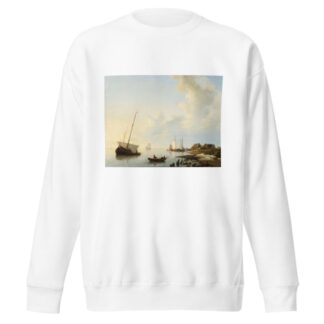
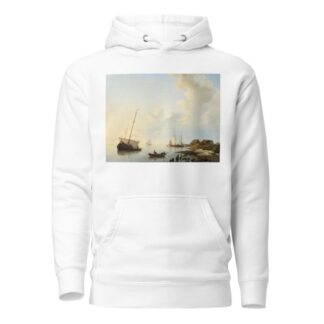
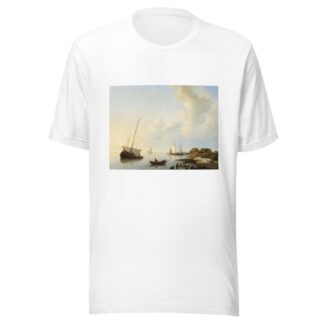
Reviews
There are no reviews yet.